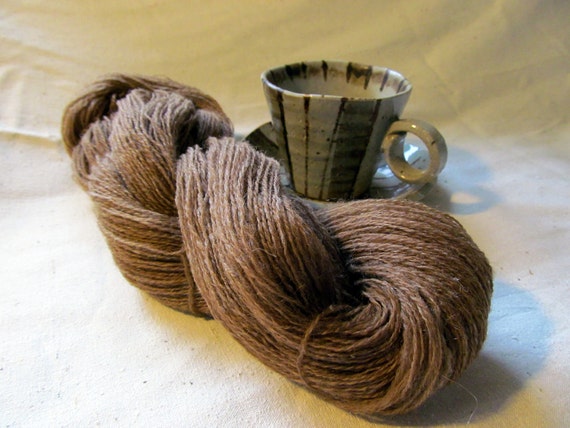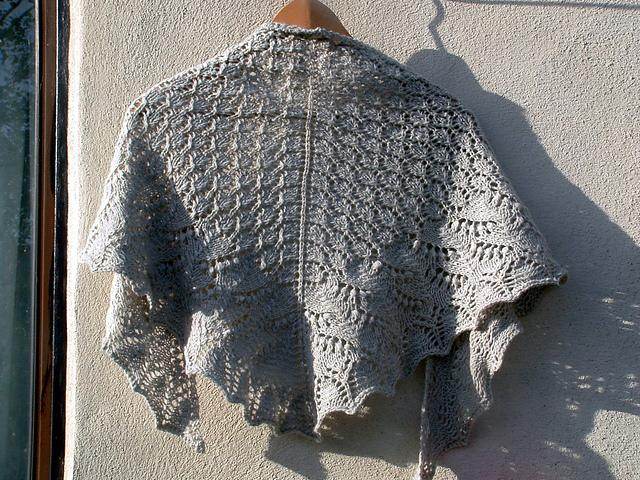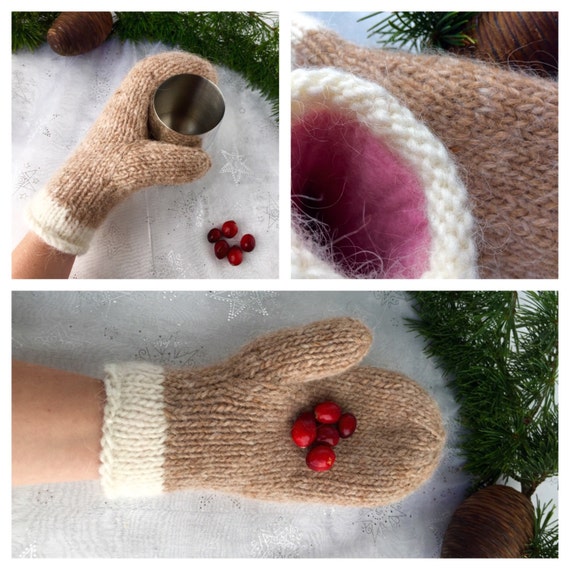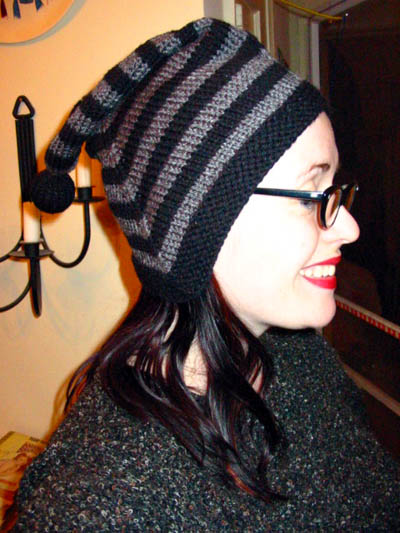
 14
14













August 24th, 2018: If you want to drool over (or buy) R's awesome yarn, here's the place to do so!
 5
5




 ....funny coincidence though, I just bought a spinning wheel today to spin up a couple fleeces......I haven't done any spinning in probably 30 years so it is almost like starting over.
....funny coincidence though, I just bought a spinning wheel today to spin up a couple fleeces......I haven't done any spinning in probably 30 years so it is almost like starting over.
"We're all just walking each other home." -Ram Dass
"Be a lamp, or a lifeboat, or a ladder."-Rumi
"It's all one song!" -Neil Young
 25
25






Trying to achieve self-reliance on a tiny suburban plot: http://gardenofgaladriel.blogspot.com
 9
9












 13
13




 I have bigger plans, this is just a small sample of something I knitted. The wool is spun by Carla, of mixed origin (partly plant dyed). I knitted the mittens for Carla. It was an exchange trade, she spun more wool, of wich I made a hat for myself.
I have bigger plans, this is just a small sample of something I knitted. The wool is spun by Carla, of mixed origin (partly plant dyed). I knitted the mittens for Carla. It was an exchange trade, she spun more wool, of wich I made a hat for myself.

"Also, just as you want men to do to you, do the same way to them" (Luke 6:31)
 13
13




I wrestled with reality for 36 years, and I'm happy to say I finally won out over it.
 31
31




 17
17




I wrestled with reality for 36 years, and I'm happy to say I finally won out over it.
 9
9




I wrestled with reality for 36 years, and I'm happy to say I finally won out over it.
 7
7




I wrestled with reality for 36 years, and I'm happy to say I finally won out over it.
 8
8




I wrestled with reality for 36 years, and I'm happy to say I finally won out over it.
 16
16




I wrestled with reality for 36 years, and I'm happy to say I finally won out over it.
 9
9




I wrestled with reality for 36 years, and I'm happy to say I finally won out over it.

 8
8











 1
1




"Also, just as you want men to do to you, do the same way to them" (Luke 6:31)






 9
9





"Also, just as you want men to do to you, do the same way to them" (Luke 6:31)

 1
1




Inge Leonora-den Ouden wrote:Joseph, did you braid the flax into your own hair?






 1
1





"Also, just as you want men to do to you, do the same way to them" (Luke 6:31)
 18
18




Furthering Permaculture next to Lake Ontario.
www.oswego.edu/permaculture
 4
4




 29
29














 9
9




Galadriel Freden wrote:... there are both moths and carpet beetles in my house, and nothing is safe from them. I love wearing wool, especially in winter when it gets so cold and wet here in Britain; I love knitting with wool too. And I can (and do) darn my hand knitted items, but even when darned, moth holes mar a garment. I really don't know how to protect my woolly clothes from these pesky bugs, other than individually pack into ziploc bags (even the big vacuum pack bags somehow admitted moths).
My best solution is to have only a few woolly items, and wear them frequently...
*aka suburban garden
Projects, plans, resources - now on the Permies.com digital marketplace.
Try the Everything Combo as a reference guide.
 12
12




Projects, plans, resources - now on the Permies.com digital marketplace.
Try the Everything Combo as a reference guide.




Erica Wisner wrote:
For other options, you might check out the lichen-based dyes used for traditional tweeds.

Trying to achieve self-reliance on a tiny suburban plot: http://gardenofgaladriel.blogspot.com










"Also, just as you want men to do to you, do the same way to them" (Luke 6:31)
 2
2











 5
5





















"Also, just as you want men to do to you, do the same way to them" (Luke 6:31)






 7
7





"Also, just as you want men to do to you, do the same way to them" (Luke 6:31)
 19
19




I wrestled with reality for 36 years, and I'm happy to say I finally won out over it.
 5
5




 5
5




Carla Coleman wrote:Lori Ziemba - I would really like to make one of those ear-covering, floating hats. Is it your own pattern or can you tell me where I could find the pattern? Thank you, very much.
(This is the first time I have tried to post or respond to a post at Permies and I'm not at all sure I'm doing this correctly. Please forgive me if I end up in the wrong thread or something even more dire.)

I wrestled with reality for 36 years, and I'm happy to say I finally won out over it.
 29
29





![Filename: inkle-loom-with-hand-spun-hand-dyed-linen-yarn.jpg
Description: inkle loom linen, tansy, hollyhock, mahonia berries for dye [Thumbnail for inkle-loom-with-hand-spun-hand-dyed-linen-yarn.jpg]](/t/54422/a/43937/inkle-loom-with-hand-spun-hand-dyed-linen-yarn.jpg)
Practice being a Maker without first being a Consumer whenever possible...
 1
1




 3
3















 5
5




Inge Leonora-den Ouden wrote:Niele, I love ytour 'bunny fluff'! Are those angora bunnies easy to keep? What do I have to think of if I want to have some of them?

 1
1











 4
4





| I agree. Here's the link: http://stoves2.com |




